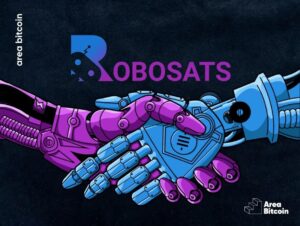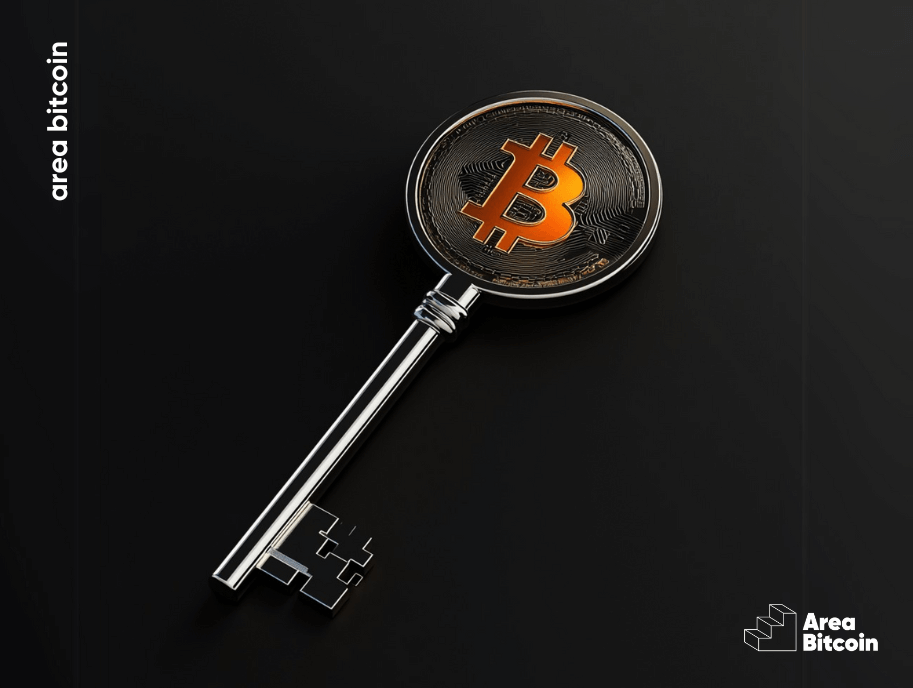We’ve talked about some key figures in the Bitcoin community before, like Hal Finney and Michael J. Saylor, but today, it’s Adam Back’s turn!
Along with the other mentioned names, he is also one of the prime suspects of being Satoshi Nakamoto.
Could it be true?
As a cryptographer and cypherpunk, his research and discoveries have played a major role in shaping what Bitcoin is today. Besides that, one of his inventions was critical to implementing Bitcoin’s mining process.
Today, he continues to make significant contributions to the Bitcoin ecosystem through Blockstream, a company that offers specialized Bitcoin services and is behind the creation of the Liquid Network, among other innovations.
In this article, we’ll dive deeper into who Adam Back is and his importance to Bitcoin.
Could he be Satoshi? Let’s find it out!
The Story of Adam Back
Adam Back, born in July 1970, is a cryptographer, cypherpunk, and CEO of Blockstream, a company he co-founded in 2014.
He is also the inventor of Hashcash, the Proof of Work (PoW) system used in Bitcoin mining.

Adam Back taught himself the basics of computing, spending time reverse engineering video games, cracking encryption keys in software packages, and more.
He holds a PhD in distributed systems and is a pioneer in digital asset research, alongside figures like Hal Finney, Wei Dai, David Chaum, and other leading cryptographers.
He was among the first to exchange emails with Satoshi Nakamoto and recently revealed previously unpublished emails between them regarding Bitcoin.
Additionally, Adam Back is a strong advocate for using satellites and mesh networks to send and receive Bitcoin transactions without relying on the internet.
What is Hashcash and its importance to Bitcoin?
Hashcash is a proof-of-work system created by Adam Back in 1997, officially described as a “partial hash collision-based postage scheme.” This mechanism is referenced in the Bitcoin white paper and plays an important role in Bitcoin mining.
“The idea of using partial hashes is that they can be arbitrarily expensive to compute […] and yet can be verified instantly,” Adam Back explained when discussing his project.
What is PoW (Proof of Work)?
PoW, or Proof of Work, is a mathematical algorithm that requires computational effort and energy to complete a specific task. Originally created by Adam Back, the mechanism was designed to combat spam emails.
Users need to solve a computational puzzle that generates a unique identifier, or hash, for each email.
Each email receives a “stamp” confirming the sender’s effort, proving their authenticity and helping distinguish legitimate emails from spam.
While regular email users wouldn’t struggle with this proof of work, spammers, who send hundreds of emails quickly, would face a heavy computational burden, as they’d need to generate a unique hashcash stamp for each message.
This allows recipients to filter out spam by checking for the stamp, or proof of work.
Satoshi Nakamoto adopted this concept for Bitcoin, using proof of work in mining to prevent the double-spending of bitcoins.
Hashcash is the sixth reference cited in the Bitcoin white paper.
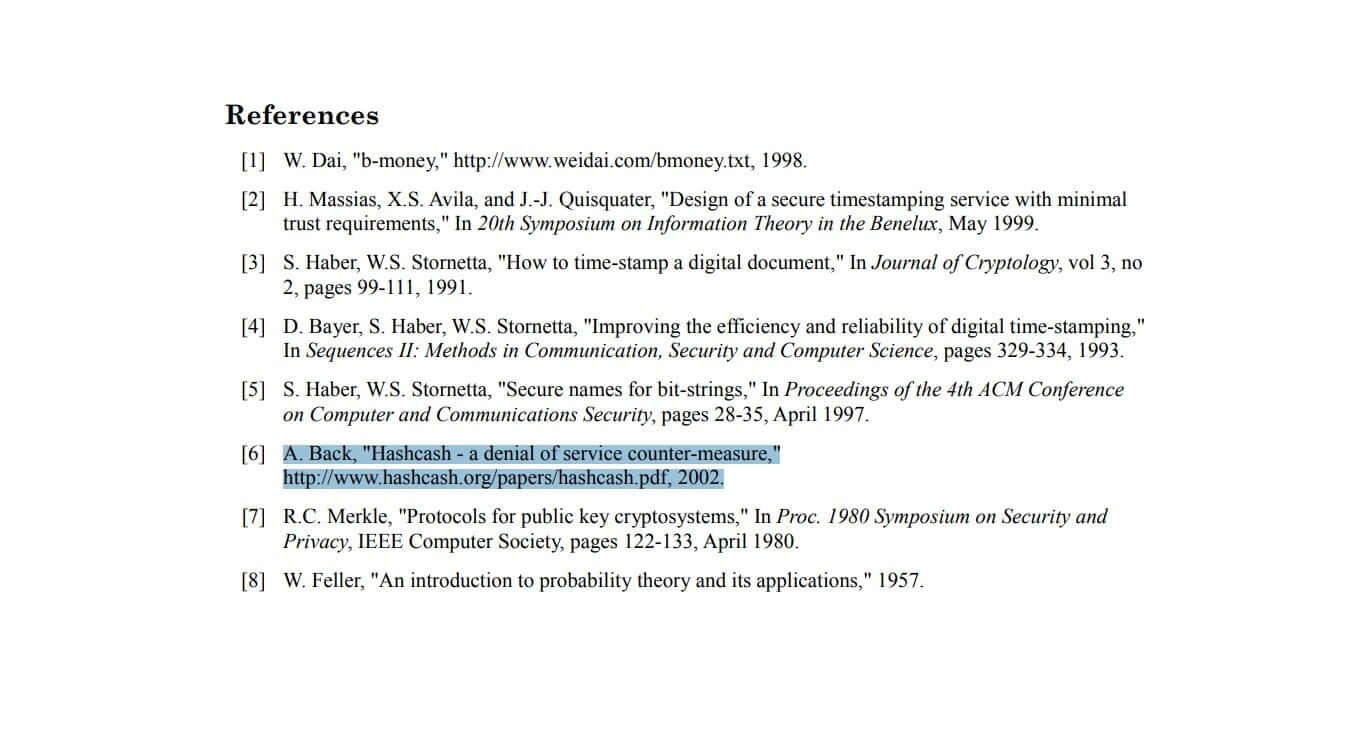
Blockstream
In 2014, Adam Back co-founded Blockstream with Erik Svenson, Peter Wuille, and others, and became CEO in 2016.
The company focuses on developing technology for Bitcoin, creating products that enhance the scalability, security, and functionality of the Bitcoin network.
One of Blockstream’s key innovations is the Liquid Network, a federated sidechain that allows for the issuance of Bitcoin-based tokens and other assets, fostering an open financial ecosystem built entirely around Bitcoin.
Mining Colocation
Blockstream offers a mining colocation service, providing enterprise-grade infrastructure for institutions and investors. You can host your Bitcoin mining operation at Blockstream’s facilities and take advantage of specialized reporting and maintenance.
The company also provides modular power units that can be installed anywhere in the world, further optimizing mining efficiency.
Satellite Service
Another important product from Blockstream is its satellite service.
The Blockstream Satellite broadcasts the Bitcoin blockchain 24/7, enabling anyone, anywhere, to use Bitcoin even without internet access.
Super interesting, right?!
Hardware Wallet
Lastly, similar to Ledger and Trezor, Blockstream also has its own hardware wallet, Jade, which is open source and compatible with both the Bitcoin and Liquid networks.
Email Exchange with Satoshi Nakamoto
Adam Back was part of the same cypherpunk email list that discussed cryptography, where Satoshi Nakamoto also participated. He was one of the first to exchange messages with the creator of Bitcoin, and recently, new emails between them have surfaced.
In a 2020 interview with Cointelegraph, Adam recounted receiving an email from Satoshi Nakamoto in July or August 2008, which contained the white paper of what was then called “e-cash” (Bitcoin had not yet been named).
From this, Adam Back suggested that Satoshi look into B-Money, something he seemed unaware of. Adam also shared an article by Ron Rivest, from 1996, about a concept called Micromint.
Below you can see the first known email exchange between Adam Back and Satoshi, four months before Bitcoin’s official launch.
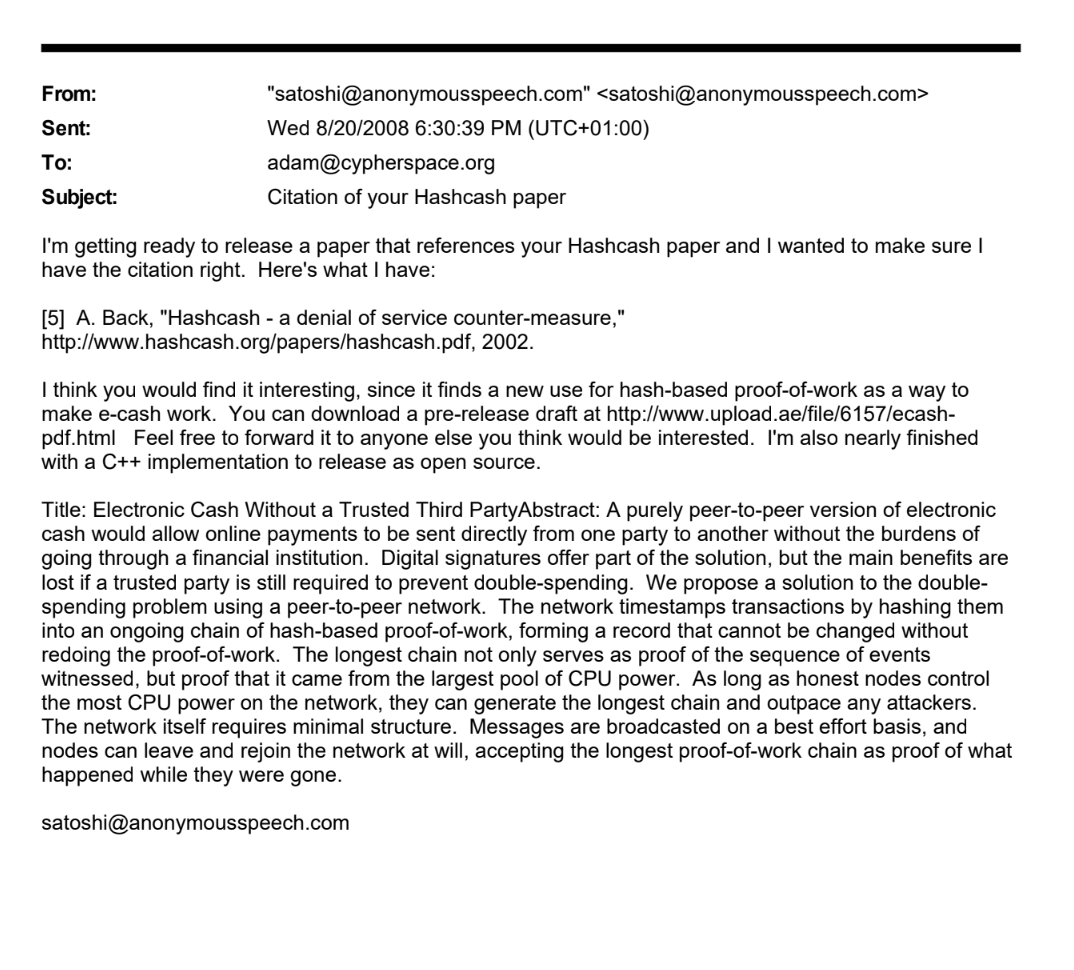
Next, see the email where Adam suggests that Satoshi research more about B-Money:
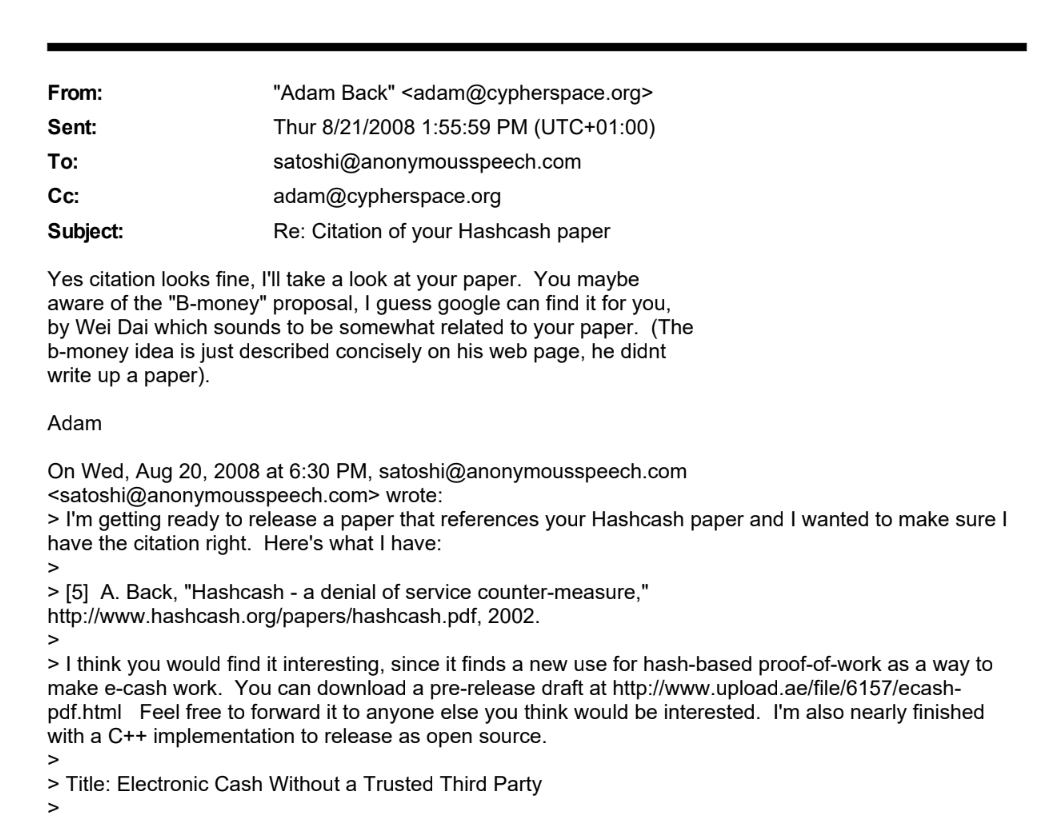
In this email below, Satoshi thanks Adam for the suggestion and admits he had never read about B-Money:
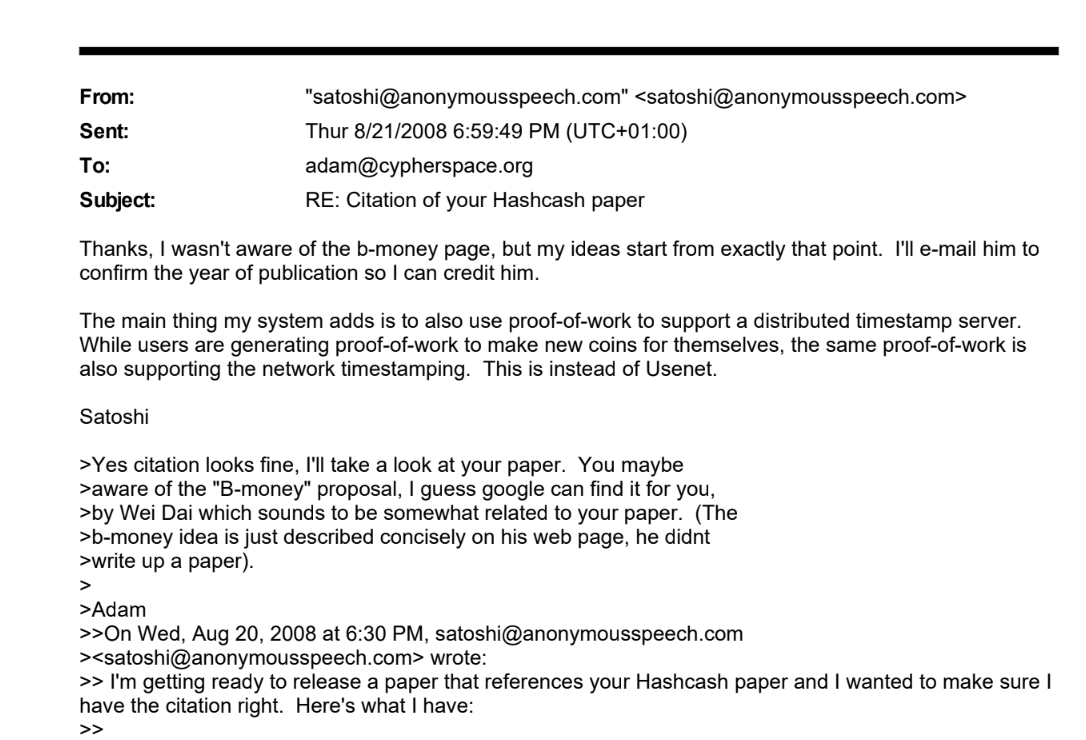
In response to Satoshi’s email, Adam acknowledges he had not yet read the Bitcoin white paper but suggests that Satoshi look into another article about Micromint:
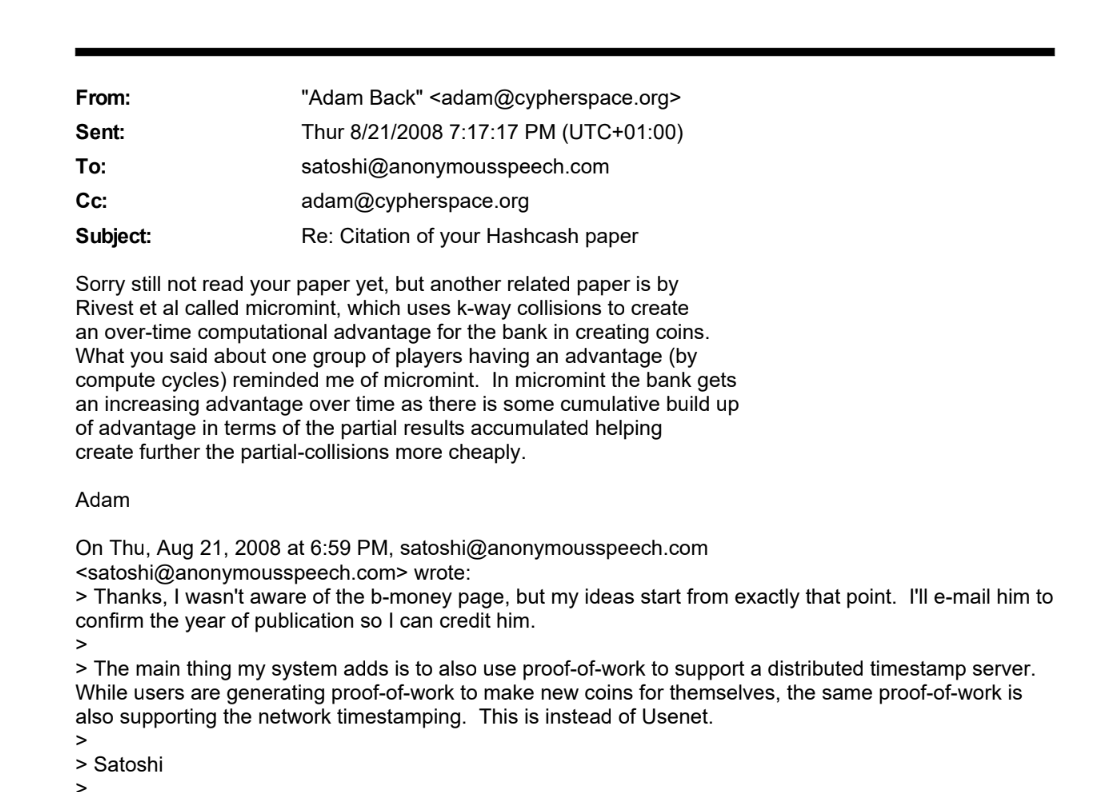
Finally, Satoshi thanks Adam for all his suggestions and comments on the official launch of Bitcoin. According to Adam Back’s public statements, he did not dedicate himself to Bitcoin again until 2012.
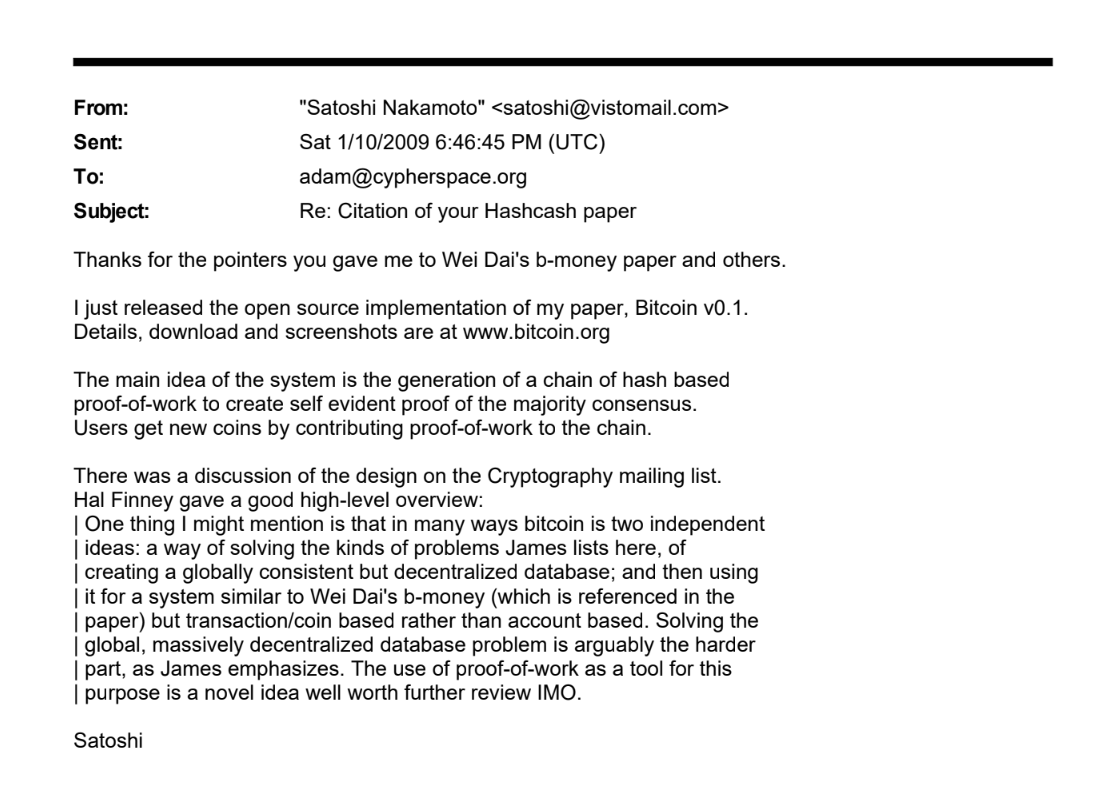
Is Adam Back Satoshi Nakamoto?
The identity of Satoshi Nakamoto remains one of the biggest mysteries in technology and finance.
Adam Back is frequently mentioned in speculations about Satoshi’s identity, mainly due to his deep involvement and influence in the Bitcoin world.
However, Adam has consistently denied being Satoshi, and there is no evidence to prove that he is indeed the creator of Bitcoin.
Lawsuit with Craig Steven Wright
As we have seen, one of the biggest debates in the Bitcoin community is the identity of Satoshi Nakamoto. While some speculate that it might be Adam Back, he has consistently denied this.
However, others claim to be Satoshi and seek recognition for it.
One such person is Craig Steven Wright, who even sued Adam Back after Adam publicly stated that Craig was not Satoshi.
Craig sued Adam for defamation, demanding $125,000 in damages. But, in the end, Craig dropped the case and had to pay $8,400 in legal fees to Adam.
Interestingly, the previously unpublished emails between Adam Back and Satoshi Nakamoto surfaced during a trial involving Craig Wright and the Cryptocurrency Open Patent Alliance (COPA) in February 2024.
Other important projects by Adam Back
Beyond Hashcash and his work at Blockstream, Adam Back has been involved in several significant projects in computing, security, and cryptography.
Eternity – USENET: Censorship-Resistant Publication Network
Eternity was a network that allowed the publication of censorship-resistant information, using PGP to secure the process. Built on a distributed infrastructure, it was designed to withstand censorship attempts by governments or malicious actors.
Improvement in PGP Signature System
In 1998, shortly after creating Hashcash, Adam, along with Ian Brown, presented “Untraceable Signatures Using PGP.” This work demonstrated how a system could produce untraceable signatures with PGP, advancing digital security and privacy in communications.
Freedom Mail 2.0
In 2000, Adam developed Freedom Mail 2.0, a privacy-focused email system that offered a secure and private alternative to conventional email services, protecting users’ communications from unwanted surveillance.
Credilib
Launched in 2001, Credilib was a library designed for credential management, aiming to improve public key infrastructures (PKI).
This project contributed to stronger authentication methods and enhanced digital security.
Cebolla
A precursor to the Tor browser, Adam Back’s Cebolla project proposed a tunnel system for anonymous connections.
It aimed to anonymize users’ IP addresses while they browsed the web, offering a more secure and simplified alternative to traditional VPNs.
Cypherspace
Adam Back also created cypherspace.org website, a website that became a hub for the cryptographic community. It hosted a variety of privacy and anonymity-centered projects, including B-money and Digicash.
Conclusion
As we’ve highlighted in this article, it’s crucial to understand who Adam Back is and appreciate his substantial influence on Bitcoin’s development.
Without his contributions, the mining process in Bitcoin might not be as efficient as it is today. Thanks to his discoveries, the network operates around the clock and effectively prevents double-spending, making Adam’s work invaluable.
Through Blockstream, he continues to build a comprehensive Bitcoin-based infrastructure, aiming to remove the need for reliance on traditional fiat financial services.
Impressive, isn’t it?
We hope you enjoyed this article! Don’t forget to share it with a friend (it really helps us out!).
Until next time, opt out!
Share on your social networks:

Founder of Area Bitcoin, one of the largest Bitcoin education projects in the world, she is a marketer, passionate about technology, and a full-time hands-on professional. She has participated in major Bitcoin conferences such as Adopting Bitcoin, Satsconf, Surfin Bitcoin, and Bitcoin Conference.
Did you like this article? Consider buying us a cup of coffee so that we can keep writing new content! ☕


